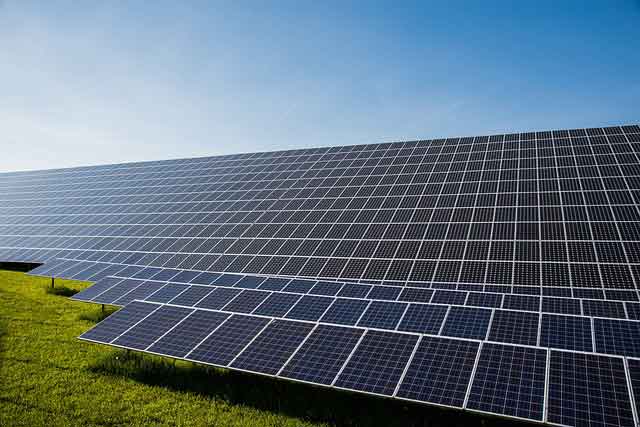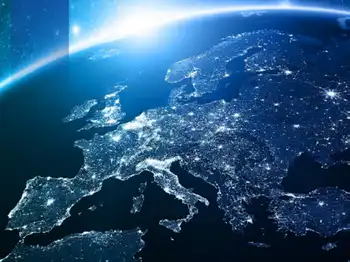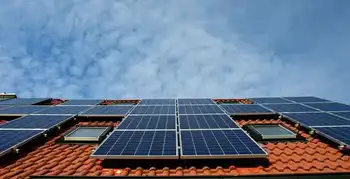New California homes would have to be energy producers
By Associated Press
NFPA 70b Training - Electrical Maintenance
Our customized live online or in‑person group training can be delivered to your staff at your location.

- Live Online
- 12 hours Instructor-led
- Group Training Available
The San Diego Democrat has introduced legislation that would require all homes built starting in about 2020 to be so-called zero net energy buildings. That means they would be extremely energy efficient and produce enough power to offset any electricity they draw from the grid.
That homegrown power would probably come from solar panels. But it also could be generated by nearby wind or geothermal plants, said Bernadette Del Chiaro, a clean energy advocate with the group Environment California, which supports the bill.
The measure is on the agenda of the Assembly Natural Resources Committee. It is one of more than 400 bills scheduled to be considered as lawmakers return from an Easter recess.
"What you do is use the grid like a giant battery," Del Chiaro said. "You send surplus energy during the day to the grid and then offset that by drawing energy from the grid at night. That's how you basically get the bill down to nothing."
Saldana's legislation would require new homes to meet zero net energy requirements by Jan. 1, 2020, or when the California Energy Commission determines that use of solar systems is cost-effective, whichever comes later.
Del Chiaro said she expects that currently available state rebates and federal tax breaks will create enough of a mainstream market for solar systems over the next 10 years to cut their cost in half.
Saldana said her bill would help cut the emissions blamed for global warming by reducing dependence on fossil fuels.
"About a quarter of greenhouse gas emissions are related to buildings — heating and cooling them," she said. "Looking at ways to build smarter will have significant and beneficial impacts on reducing greenhouse gases and avoiding more impacts of climate change."
Tim Coyle, senior vice president of the California Building Industry Association, said new homes being built in California today already are highly energy efficient. He said Saldana should be looking for ways to reduce electricity use in older housing instead of targeting new construction.
"If the goal is to reduce fossil fuel dependency, why not go where the problem is?" he said.
New solar-equipped homes are popular with buyers, he said, but including that equipment can add $15,000 to $50,000 to the cost of construction.
"That's a pretty pricey premium to pay on a new home," Coyle said.
Saldana said the additional cost could be recouped by cutting electricity bills over a period of years.
She introduced essentially the same bill last year. It passed the Assembly but died in the Senate. She's hopeful that it will clear both houses this time.











